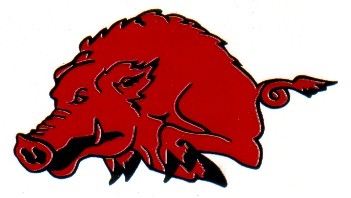Chapter 20 – Chemical Reactions
411 Sheet
- What is a physical change in matter?
- What is a chemical change in matter?
- What are the signs of a chemical reaction?
- What is a chemical equation?
- Equation balancing examples:
- What is the Law of Conservation of Mass?
- Use chemical equations to predict the amount of product in a chemical reaction.
- The relationship between moles and grams in a chemical reaction – examples:
- Describe the role of a limiting reactant and an excess reactant in a chemical reaction.
- Calculate the percent yield of a chemical reaction.
1.
Physical change in matter –
2.
Chemical change in matter –
|
Examples of Physical Changes |
Examples of Chemical Changes |
|
|
|
|
|
|
|
|
|
|
|
|
3.
Signs of a chemical reaction:
4.
A chemical equation is ___________________________________________________________
Sample
chemical equations:
5.
How to balance a chemical equation:
a.
b.
c.
d.
Sample
balanced equations:
a.
b.
c.
d.
6.
The Law of Conservation of Mass
7.
Calculating product in a chemical reaction:
8.
Calculating in moles and grams – proving the Law
of Conservation of Mass – examples:
9.
Limiting and excess reactants – examples:
10.
Percent yield – examples:
